What types of cleaning rags are there, what are their pros and cons, what are the nuances of use?
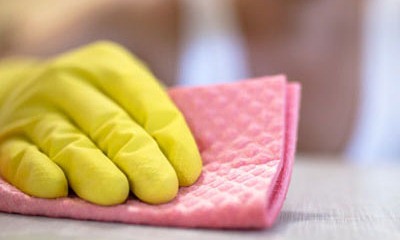 When cleaning your home, you can't do without rags. In addition to rags, it is convenient to use ready-made napkins, which allow you to clean quickly and efficiently, while spending less effort.
When cleaning your home, you can't do without rags. In addition to rags, it is convenient to use ready-made napkins, which allow you to clean quickly and efficiently, while spending less effort.
In order to achieve maximum results, you need to know how to choose a cleaning cloth and how to handle it so that you can use it longer.
Content
All the variety of species
The material from which the cleaning cloth is made largely determines how effective it will be. On sale you can find different types of rags that have different characteristics.
Cotton
Cotton napkins are a simple and environmentally friendly utensil that has been used by more than one generation of housewives. This material has many advantages:
- absorbs moisture well;
- does not leave scratches on surfaces;
- can be washed in a machine or by hand;
- hypoallergenic material;
- reusable item - can withstand several uses without loss of functionality.
Minuses:
- dimensions;
- intensive service life - no more than 4 cleanings on average;
- may leave fibers;
- high cost (relative to other types of napkins and rags made from artificial raw materials).
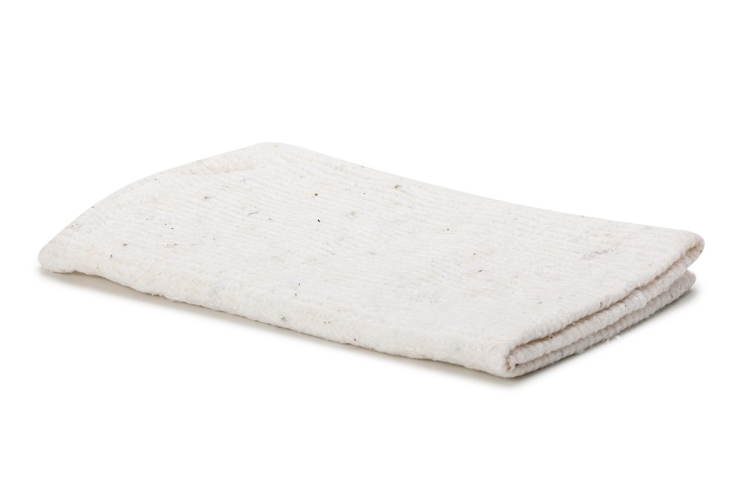
Microfiber
Microfiber is a modern material that is widely used not only in the production of rags and towels, but also in the creation of clothing. Napkins made from it can be woven or non-woven. Compared to cotton, microfiber absorbs 7 times more moisture.
Pros of use:
- Effective cleaning of surfaces, including all irregularities and microcracks.
- Good moisture absorption.
- High-quality surface washing and elimination of microbes.
- Hypoallergenic composition.
- Suitable for wet and dry cleaning.
- Does not leave fibers on the treated surface.
Disadvantages - non-woven napkins are expensive.
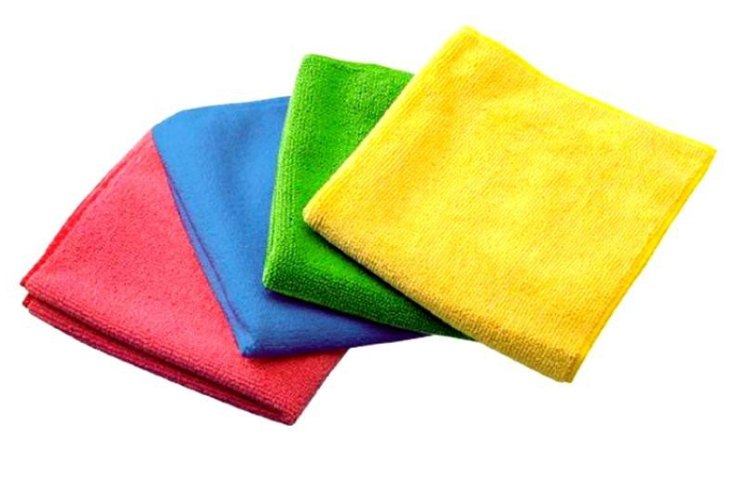
Latex
Latex wipes are available in different sizes and a wide range of colors.
Pros:
- careful treatment of surfaces;
- effective removal of old, ingrained contaminants;
- reusable;
- good absorbency;
- washable.
Minuses:
- can be used for washing windows only in the first stage;
- do not remove fingerprints from smooth surfaces;
- cannot be washed in hot water;
- Can only be used after moistening; do not use in a dry state.

Cellulose
In many ways, the characteristics of cellulose rags are similar to their viscose counterparts.
Advantages of the material:
- Good liquid absorption.
- The material is safe for the environment.
- Does not leave lint.
- Not susceptible to mold development.
- Suitable for high-quality cleaning in the bathroom and kitchen.
Minuses:
- Fiber fragility.
- Can only be used when moistened.
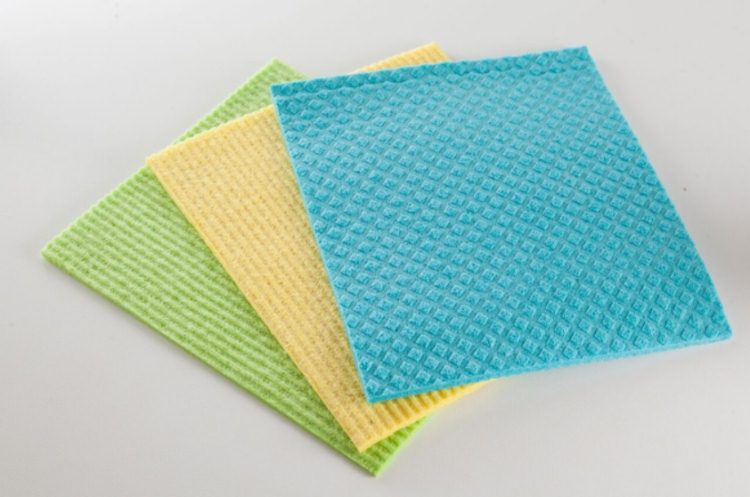
Viscose
Viscose rags are bright and very popular, but their features must also be taken into account.
Advantages:
- careful treatment of surfaces;
- soft texture;
- quick drying;
- high strength;
- good absorbency.
Minuses:
- can only be used when damp;
- low strength;
- do not squeeze vigorously;
- disposable, they should not be used repeatedly due to the fact that such a surface is a good basis for pathogenic microorganisms.
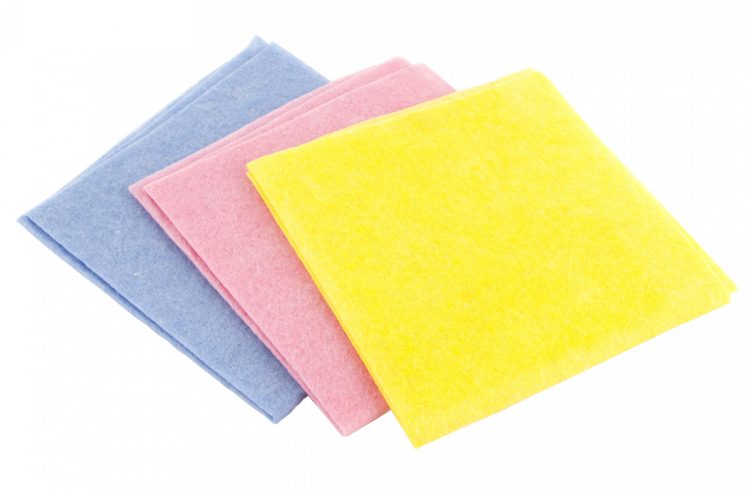
Bamboo
The material is relatively new on the domestic market. And it also has its own characteristics.
Pros:
- Long service life.
- Highly effective as a regular cleaning product.
- May not cope with the treatment of microcracks.
- Convenient to use for washing dishes without additional detergents.
- Suitable for caring for various surfaces.
- They absorb moisture well.
- Hypoallergenic.
- They have a bactericidal effect.
- High wear resistance - up to 50 washes.
- Quick drying.
Minuses:
- High price.
- Dimensions.
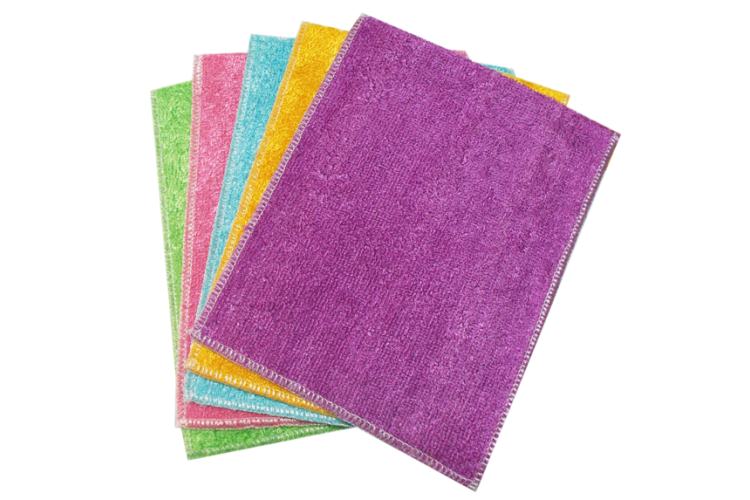
Selection rules
Indoor cleaning cloths are designed for different purposes, and the requirements for them are different. It is also important to consider the specifics of cleaning. This could be an urgent removal of one stain on the surface or, for example, a full wash.
For floor
Floor cleaning always includes wet treatment. Depending on the circumstances, this may be followed by wiping the surface dry.
For kitchen
Cleaning surfaces in the kitchen means dealing with complex stains from food residues, grease, splashes of water, etc.For these purposes rags made from cellulose or bamboo are selected.
For glass
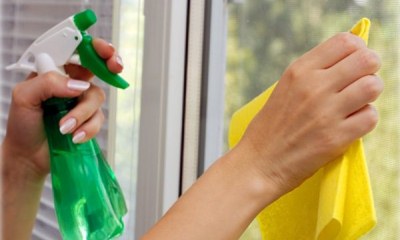 Window cleaning combines the care of frames and glass. When processing smooth, and especially glass surfaces, exposure to abrasives and rags with a hard surface should be excluded.
Window cleaning combines the care of frames and glass. When processing smooth, and especially glass surfaces, exposure to abrasives and rags with a hard surface should be excluded.
Glass washing begins with primary treatment to wash away the main dirt. For this napkins with good moisture absorption are selected.
It is better to choose a medium size so that it is comfortable to hold in your hand. The material can be viscose, latex, microfiber.
For tiles
Ceramic tiles require high-quality and fairly intensive care. For these purposes, it is advisable to use rags that can clean microcracks and even seams. In addition, the cleaning agent must have good moisture-absorbing ability, such as cellulose.
For furniture
To care for furniture, it is convenient to use fairly large rags, which can be used without pre-wetting. The use of wet cleaning can only be limited, on surfaces that allow it. The best option is viscose napkins, cellulose or microfiber..
For household appliances
Caring for household appliances requires extreme care to ensure that water and detergents do not get inside the housing. It is better to choose small napkins.
For dishes
For washing dishes and their high-quality cleaning, one of the best options for rags is bamboo. This napkin does not accumulate odors, does not become greasy and does not become a breeding ground for mold.
The best manufacturers
There are practically no ideal rags suitable for all occasions. There are a large number of companies involved in the production of cleaning wipes; among them there are several that are among the top.
Among the leaders:
- Red Cat (RF);
- Vileda (Germany);
- Bagi (Israel);
- Smart (Switzerland) and others.
Red Cat M-01 Eso
Universal wipes made of microfiber. Such rags absorb moisture well and clean various surfaces efficiently. They are suitable for use in dry and wet conditions, are compact, and do not leave lint on the surface.
An undeniable advantage is the affordable price. Suitable for processing furniture and appliances and other surfaces. Price – from 20 rubles per piece.
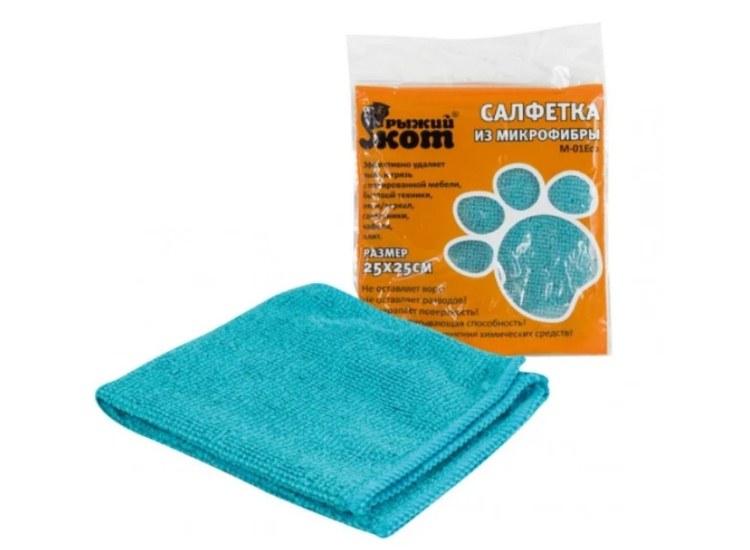
Vileda
The floor cleaning cloth made in Germany is made of viscose. The product is of high quality, wears out slowly, so it will last quite a long time. Price – up to 200 rubles.
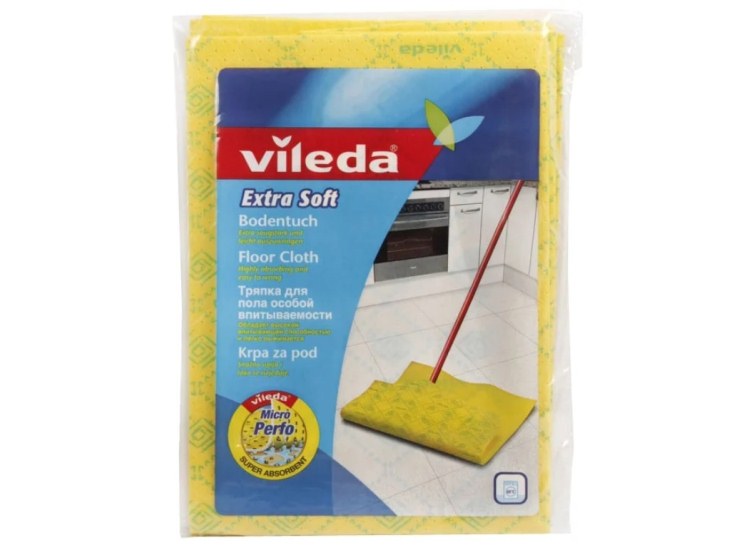
Clean
Cellulose rags – good for cleaning bathroom surfaces. The material efficiently removes limescale and soap streaks from tiles and plumbing fixtures. Price – up to 100 rubles.
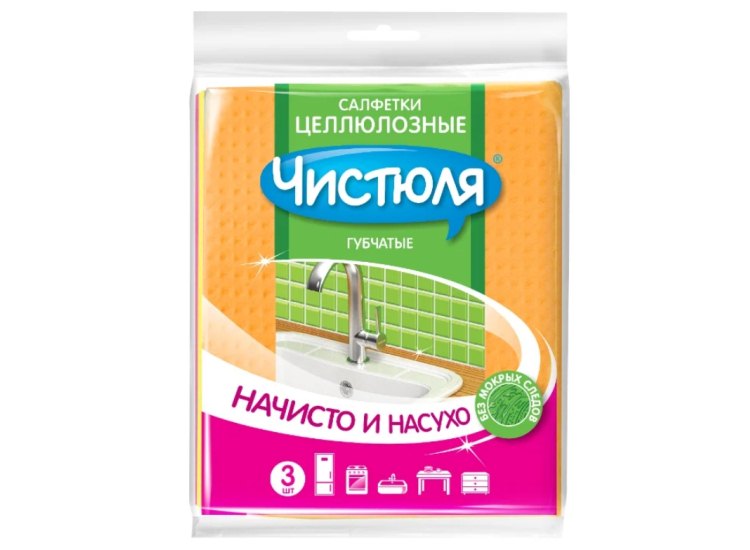
Sonax
Microfiber cloths from this manufacturer provide a high level of cleaning, removing dirt even from hard-to-reach places. The soft surface of the napkins does not leave scratches or streaks. These rags are a suitable option for cleaning equipment and other surfaces. The cost is about 250 rubles per napkin.
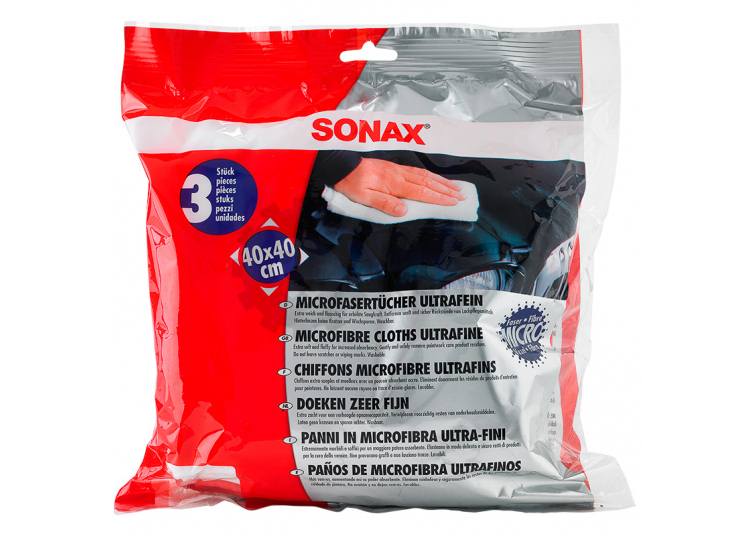
Kleenex Viva
The manufacturer produces durable universal napkins in a roll. They make it easy to clean kitchen surfaces.. They contain cellulose and polypropylene, which can be used for wet processing.
Such rags collect dust well and clean dirt from various surfaces. Price - about 400 rubles per roll of 56 pieces.

Pingo in faux suede
The rag can be borrowed from car enthusiasts. This surface allows you to clean windows well even without the use of detergents.Pingo leaves no streaks or lint behind.
Application feature: use only when wet, since when drying the material becomes brittle and can easily break. Price – from 400 rubles.
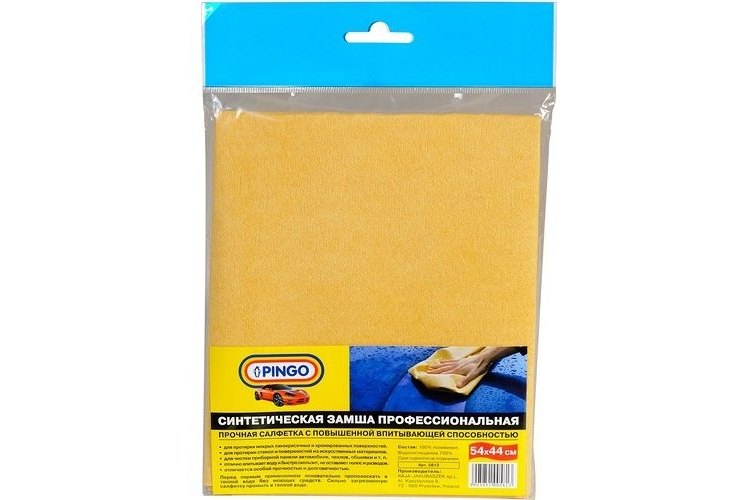
A napkin that does not require detergents: myth or reality?
Wipes that remove all dirt without detergents during the cleaning process are a real godsend for the housewife. They are made from mixed fibers.
An example of such a rag is Vileda Actifiber made of viscose and polyvinyl acetate (price - from 210 rubles). Such a napkin copes not only with cleaning, but also with washing dishes.
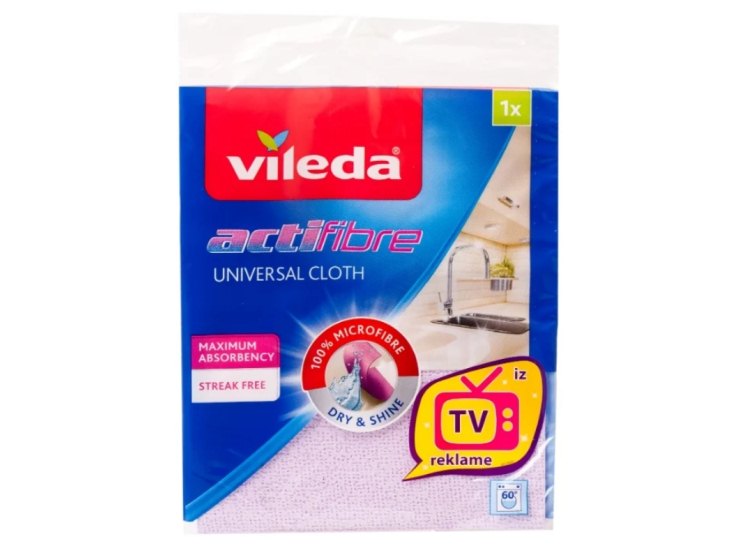
Disposable products
Wet wipes are already completely ready for use, as they are impregnated. Their use allows you to quickly deal with a local problem, without wasting time on wetting with water.
Wet wipes are not intended for full-fledged serious cleaning, but it is quite possible to clean a newly left stain or remove stains from complex-shaped decor. When carrying out general cleaning, wet wipes from a pack are ineffective.
How to extend service life?
To prevent rags from becoming unusable after the first use, they need to be properly looked after:
- Dirty rags should not be stored. They must be washed and dried thoroughly.
- A properly selected storage location allows you not only to quickly find the necessary rag or napkin, but also to extend their service life. All rags should not lie in bulk, especially if some of them have not been completely dried. Organizers, clothespin holders, hangers, etc. will help.
- Rags should be used in accordance with the operating instructions. If, for example, a napkin can only be used when wet, this point should not be ignored.
Recommendations
 Picking up a rag It is recommended to take into account the following advice from cleaning specialists:
Picking up a rag It is recommended to take into account the following advice from cleaning specialists:
- rags made of viscose and cellulose are interchangeable;
- You won’t be able to get by with just one rag to clean all the rooms;
- a rag that has exhausted its service life should be thrown away;
- The most versatile are napkins made of non-woven microfiber and bamboo.
Conclusion
Cleaning rags that are selected correctly make cleaning much easier and save time. Manufactured industrially, they are superior in their characteristics to improvised means and significantly increase the quality of processing.


